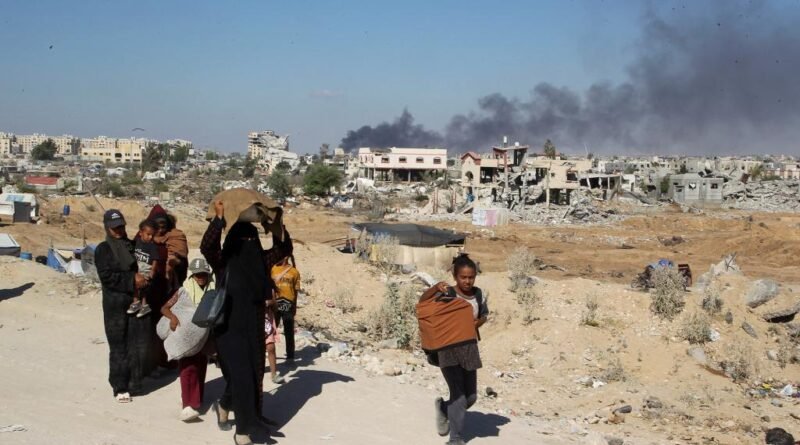Israel-Hamas cease-fire talks labelled as a strange spectacle

Israel has successfully taken out around 17,000 of Hamas’ estimated 30,000 fighters, according to IDF spokesman Rear Adm. Daniel Hagari’s announcement this week. Additionally, they have been targeting the leadership of the terrorist group at a rapid pace.
It is satisfying to see Mohammed Deif and Ismail Haniyeh meet their end.
It is speculated that Hamas members are now turning on each other to protect themselves from the IDF. With Yahya Sinwar, a hardliner loyal to Tehran, taking over as chief and likely eliminating any potential competition, those within Hamas who do not align with Iran’s goals may start revealing information.
There is a likelihood of increased desertions within the group.
While Hamas members previously had exclusive access to underground tunnels and bunkers to avoid Israeli attacks, Israel is now targeting and destroying these hiding places.
The IDF is also sealing off many tunnels along Gaza’s Egyptian border, now that they have control over the Philadelphi Corridor, highlighting Cairo’s failure to prevent smuggling into Gaza.
Hamas’s main objective in cease-fire negotiations is to regain control of the corridor to facilitate resupplying. This could be a potential point of compromise if Israel manages to secure the return of hostages and effectively block future smuggling during the ceasefire.
In negotiations, Hamas is not directly represented, as Sinwar’s strategy is to pressure mediators to secure concessions from Israel, then demand further concessions once a tentative agreement is reached.
An essential goal for Israel is the elimination of Hamas fighters and their extensive terror infrastructure, in addition to securing the release of hostages and preventing Gaza from being used as a launching pad for attacks.
Israeli officials claim to have mostly achieved these objectives, but the future governance of Gaza post-conflict remains uncertain.
The real irony lies in Iran’s absence from the negotiations. Iran not only influences Hamas but also Hezbollah in Lebanon, Houthis in Yemen, and other militias in the region that target Israel, Red Sea shipping, and US bases.
Until the Biden-Harris administration acknowledges this reality, their efforts to de-escalate and restore peace in the region may be futile.




